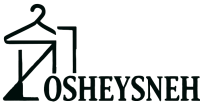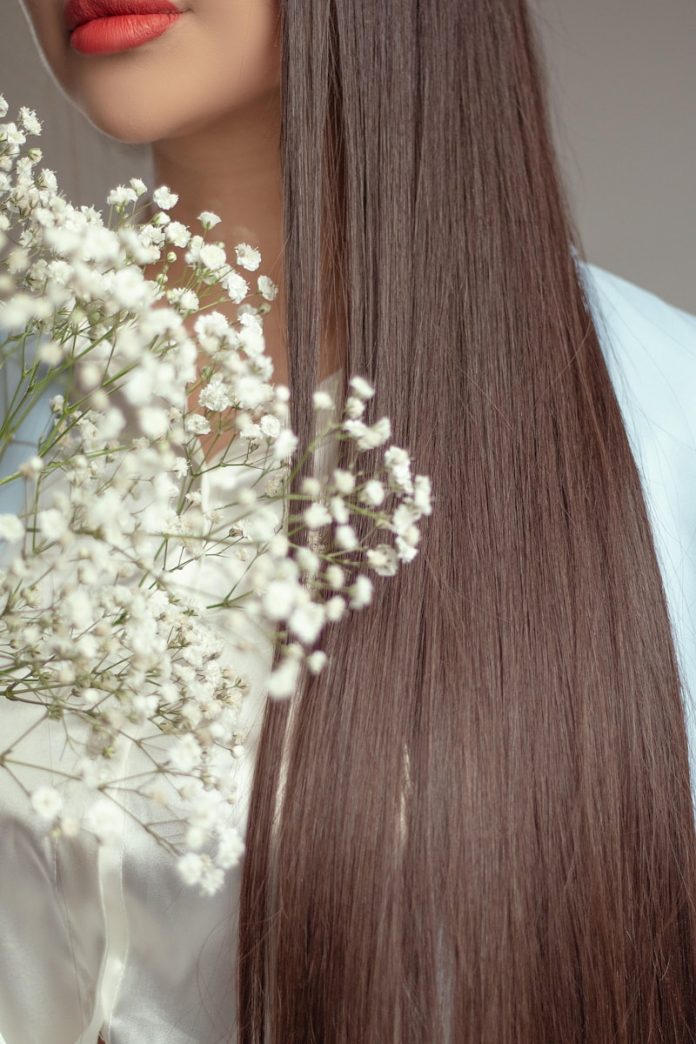Maintaining healthy hair throughout the year can seem like a challenging task, but with the right approach and a little attention to detail, it is certainly achievable. Hair is a reflection of our overall health, and taking steps to protect, nourish, and care for it will not only improve its appearance but also its strength and resilience. From seasonal changes to everyday habits, here are some essential tips for maintaining healthy hair year-round.
- Understanding Your Hair Type
Before diving into specific hair care routines, it is essential to understand your hair type. Hair varies from person to person, with factors such as texture, thickness, curl pattern, and porosity influencing the way it responds to treatments. Hair can be straight, wavy, curly, or coily, and the structure of each hair type requires different care and attention.
Straight hair tends to be less prone to frizz but can become oily more quickly, while curly hair is often drier and requires more moisture. Understanding whether your hair is fine, medium, or thick is also key to choosing the right products. Fine hair may require lightweight formulas to avoid weighing it down, while thicker hair may need heavier moisturization.
Moreover, understanding your hair’s porosity can help you select the right products. Low porosity hair struggles to absorb moisture, while high porosity hair can lose moisture quickly. By knowing your hair type, you can personalize your hair care routine for maximum benefit.
- Seasonal Adjustments to Hair Care
Throughout the year, environmental factors can have a profound impact on the health of your hair. Cold winter air, the heat of summer, and humidity all take their toll on your strands, making it crucial to adjust your hair care routine seasonally.
Winter Care:
During the colder months, hair is exposed to dry air both indoors and outdoors. This can lead to brittle, dry hair that’s prone to breakage. To combat this, it’s essential to moisturize frequently. Use deep conditioning treatments at least once a week to restore moisture, and invest in a hydrating shampoo and conditioner. Consider using a humidifier at home to add moisture to the air and prevent the scalp from drying out.
Additionally, hats and scarves, while essential for warmth, can cause friction, leading to hair damage. Be sure to wear a silk or satin scarf under woolen hats to protect your hair from breakage.
Summer Care:
In the summer, UV rays, chlorine from swimming pools, and salt from the ocean can dry out hair, making it more susceptible to damage. To protect your hair from the sun, use hair products with UV filters or wear a hat to shield your strands. Additionally, after swimming, be sure to rinse your hair immediately with fresh water to remove chlorine or saltwater. Using leave-in conditioners or oils can help to seal moisture and create a protective barrier against the sun.
Regular trims are also essential to prevent split ends and maintain healthy hair throughout the summer. Excessive heat from styling tools is common in the summer months, but be sure to use a heat protectant spray before applying any heat to your hair.
- Proper Nutrition for Healthy Hair
One of the most important aspects of maintaining healthy hair is proper nutrition. Hair is made of a protein called keratin, so ensuring that your diet contains an adequate amount of protein is crucial. Foods such as eggs, nuts, seeds, and lean meats are excellent sources of protein that promote hair growth and strength.
In addition to protein, vitamins and minerals play a key role in hair health. Vitamin A helps to produce sebum, the scalp’s natural oil, while Vitamin C supports collagen production, which strengthens hair. Biotin, zinc, and iron are also essential for maintaining hair health. A deficiency in these nutrients can lead to hair thinning or loss.
To ensure you are getting the necessary nutrients for healthy hair, aim to eat a balanced diet filled with a variety of fruits, vegetables, lean proteins, and healthy fats. If needed, consider taking a multivitamin or a specific hair supplement, but always consult with a healthcare professional before starting any supplementation.
- Gentle Cleansing and Hydration
Cleansing your hair regularly is important, but over-washing can strip the scalp of its natural oils. It’s important to find a balance based on your hair type and lifestyle. If you have oily hair, you may need to wash it more frequently, while drier hair types can go longer between washes. Aim to wash your hair two to three times a week, depending on your needs, and use a sulfate-free shampoo to prevent further dryness.
Along with cleansing, hydration is key to maintaining healthy hair. Hydrating conditioners and hair masks are great for replenishing moisture, especially for curly or dry hair types. Be sure to apply conditioner from the mid-length to the ends, as these parts are the most susceptible to damage and dryness.
If you use hot tools frequently, consider applying a heat protectant spray to shield your hair from the damaging effects of styling. Additionally, using a microfiber towel or an old t-shirt to dry your hair can help prevent frizz and breakage, as traditional towels can be rough on hair strands.
- The Role of Scalp Health
Healthy hair starts with a healthy scalp. Just like the skin on your face, your scalp requires care to thrive. An unhealthy scalp can lead to hair thinning, dandruff, or an increase in oil production, which affects the overall look and feel of your hair. Regular scalp massages can stimulate blood flow to the follicles, promoting hair growth.
You should also make sure to exfoliate your scalp occasionally to remove buildup from hair products, oils, and dead skin cells. You can use a scalp scrub or a gentle exfoliating shampoo to do this, but be sure not to overdo it, as it may lead to dryness or irritation.
Keeping your scalp hydrated is equally important. Just as you would use moisturizers for your skin, there are scalp-specific oils and serums that can maintain optimal hydration levels.
- Heat and Styling Tools
Excessive use of styling tools, such as flat irons, curling irons, and blow dryers, can lead to hair damage and split ends. To maintain healthy hair, it’s important to limit the use of these tools. When you do use them, always apply a heat protectant to shield your hair from the damaging effects of high temperatures.
If possible, opt for air-drying your hair instead of using a blow dryer, as heat can weaken the hair shaft over time. If you must use hot tools, try to set them to a lower heat setting, as excessive heat can lead to dehydration and breakage.
- Regular Trims and Haircuts
One of the most essential steps to maintaining healthy hair year-round is regular trimming. Even if you’re growing out your hair, trims are necessary to remove split ends and prevent them from traveling up the hair shaft, causing further damage. A trim every 6-8 weeks is recommended for most hair types to maintain shape and health.
It’s also important to be mindful of your hairstyle choices. Avoid tight hairstyles like braids, buns, and ponytails that can stress the hair shaft and cause breakage. Opt for looser styles to minimize tension on the scalp.
- Protective Hairstyles
Incorporating protective hairstyles into your routine can help prevent hair damage. Braids, twists, or buns can protect the ends of your hair from environmental factors and reduce the need for daily styling, which can weaken hair over time. However, be sure not to wear protective hairstyles too tight, as this can lead to traction alopecia, a type of hair loss caused by tension on the scalp.
You can also try protective hair treatments, such as oils and serums, that help lock in moisture and prevent damage. Argan oil, coconut oil, and jojoba oil are great natural options for keeping hair nourished and protected.



